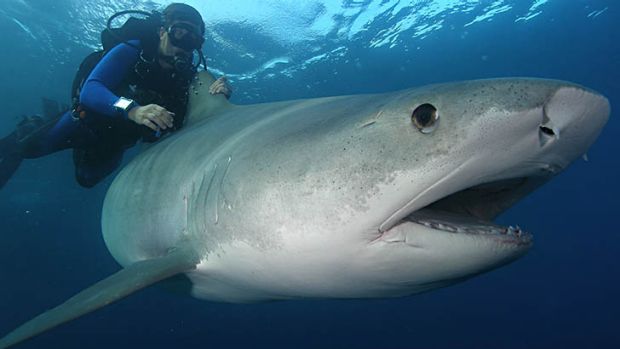INTRODUCTION:
None can deny the fact that science is the field of funny experiences and experiments. These experiments not only amaze us but also provide us ample scope to learn great principles and theories through simple yet interesting steps. We are here to highlight upon few such experiments that are of great fun as well as educative too.
EXPERIMENTS:
Experiment 1: Floating Ping Pong Balls:

Instruments: Hair Dryer, Ping pong balls
Procedure: This is quite a simple yet funny experiment. The principle used in this regard has great impact in reality. All one need to do is to follow the following steps.
First of all the hair dryer need to be set at cool pointer. Switch the hair dryer on. It should be pointed at the ceiling to get the upward flow of air.
Now place one of the ping pong balls at the direction of air flow upon the dryer very carefully. The hair dryer should be hold very steadily so that the air flows in only one direction continuously.
The ball will stay within the stream of the air floating upon the dryer.
Now place an empty toilet paper roll above the ball and watch both of the objects float in the stream of air. The ball will eventually suck up within the empty roll.
Demonstration and Principle:
This experiment is totally dependent on Bernoulli’s Principle. The famous Swiss mathematician had discovered something very interesting about the flow of air. He had stated that faster the flow of air over the surface of some object, lesser the air push on that very surface and eventually it will also lower its pressure.
The air flowing from the dryer flows around the outer surface of the ball and if the ball is placed carefully in the direction the air will flow evenly around each side surface of the ball. This will help the ball to float over the dryer in the direction of air.
Experiment 2: Straw through potato:

Instrument: Stiff straws, raw potatoes
Experiment: This experiment may look simple but not everyone can do so if not follow the process carefully. All needed to be done is to stab the potato with the straw without bending it. It may look easy and quite simple unless tried.
Firmly hold the potato.
Pick a straw and cap the top end of the straw with the thumb.
Now drive the straw through the narrow end of the potato with sharp blow quickly. Avoid hurting yourself while stabbing and hold the potato horizontally.
Demonstration and Principle: The secret principle behind the experiment is air. Blocking the top end of the straw traps the air inside of the straw. This allows the air molecules to compress and provide strength to the straw. Hence without bending it one can stab the potato easily.
Experiment 3: Falling leaves loose color:

Ingredients: Spinach leaves, Nail Polish remover, Pencil, Spoon and a tape, a glass bottle, Coffee filter
Experiment:
Smash the leaves with spoon and put them under the glass.
Put enough nail polish removers in the glass until the leaf mush gets covered.
Cut the coffee filter in rectangle shape and tape it with the pencil. Set it across the glass resting the filter on the remover without touching the leaf mush.
Demonstration and observation: Many colours can be seen working their way up the coffee filter. The green colour seen in the process is Chlorophyll which makes the leaves green. The other colours are for other chemicals present in the leaves.
During spring and summer the leaves are green as a result of heavy photosynthesis which produces chlorophyll. As the days get shorter the photosynthesis is reduced and hence other colours can be witnessed. Lastly when there is no green left in the leaf, it is ready to fall.
Experiment 4: Blowing up balloon with banana:

Ingredients: A ripe banana, a balloon, a small mouth glass bottle
Experiment:
Smash the banana and leave it under the bottle to rot.
Place the balloon over the mouth of the bottle and set the total set up in warm, sunny spot.
Measure the changes in the balloon every day.
Observation and explanation: As the banana rots, it gives place to bacteria. They eat the rest of banana and produce some kind of gas. The more amounts of bacteria is present, the more gas will produce. This will eventually inflate the balloon.
Experiment 5: Light Fright:

Materials: Worms, A card board box, a table lamp, and Paper towels.
Experiment:
Wet the paper towels thoroughly and place the inside the box.
Place the worms upon the wet paper towels at even spaces so that they can’t overlap.
Make some holes on the lid of the box and place it on the box.
Set the table lamp above the box.
Watch carefully where the worms eventually end up.
Explanation: Worms tend to avoid light. They can’t see though they can sense light. Hence to avoid light they will move to the darkest parts of the box and even under the paper towels.
This experiment also explains why the worms like to live in dirt.
Experiment 6: Making Volcano:

Materials: 10ml dish soap, 100ml warm water, 400ml white vinegar, food colouring, baking soda, empty 2 ltr soda bottle.
Experiment:
Mix dish soap, vinegar, water and 2 drops of food colouring and place the mixer inside the bottle.
Mix the baking soda until it is liquid.
Put it inside the bottle of mixture
Witness the eruption.
Explanation: Reaction between the baking soda and vinegar produce carbon dioxide. Adding soda with it will cause excitement and the gas will try to spread out. As there is not ample space to spread out inside the bottle the gas will opt for the opening of the bottle to spread causing eruption.





